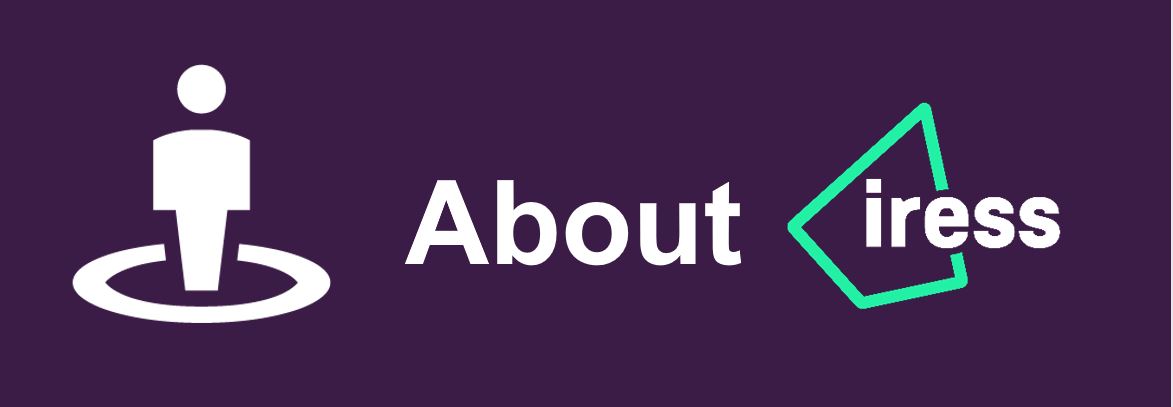An aggressive double gearing strategy
Written and accurate as at: Feb 26, 2010 Current Stats & Facts

In some ways it seems as if the Global Financial Crisis (GFC) is a distant memory.
However, it is interesting, and sad, to see that there are still story’s coming out about how people have lost a lot of money, and sometimes everything, through either being greedy or not understanding the potential downside of debt and leverage.
Debt and leverage was one of the main causes of the GFC. If you want to know more about the GFC and how it came about please see the Crisis of Credit video.
One of our aims is to provide people with knowledge, so they can make better financial decisions. Debt and leverage is something that all of us will use at some stage, whether through a mortgage, credit card, personal loan or investment loan. One area that people sometimes get a little confused is when you might want to use the equity you have in your house to finance an investment.
You may or may not recall a Financial Services organisation called Storm Financial. This financial planning firm employed a very aggressive leveraging strategy for some of their clients. This strategy resulted in financial devastation for these people. And they consequently received a lot of media coverage in 2009.
Let us explain how this happened. Let’s say you own your own home and its value is $500,000. You are advised, or you decide, that you will use the equity in your home to make an investment. The bank is happy to lend you up to 80% of the value of your home, being $400,000. You now have $400,000 that you can put into an investment.
This is higher risk than just investing your own money. For example, if your investment value drops to $350,000, you will still owe $400,000 and would have lost $50,000 of the bank’s money.
An aggressive leverage strategy goes a step further. In addition to the first $400,000 loan, you could then use this as a form of deposit for another loan, often called a margin loan. We explain margin loans in the Debt and Leverage learning module. A margin loan often enables you to borrow up to 75% of the value of the investment. So instead of buying a $400,000 investment, you could go much higher.
Let’s say you go conservative with a gearing ratio of 60%. This means you put in 40% and then borrow 60%. You have $400,000 to put in, which represents the 40%, and you then use a margin loan to fund the other $600,000. You now buy a $1,000,000 investment portfolio with $1,000,000 of debt ($600,000 margin loan and $400,000 loan on your house).
If interest rates are 7%pa and the investment is returning 20%pa, you would make 13%pa, or $130,000pa. Decent money considering you have not used your money. It is the attractiveness of this scenario which probably tempted the investors.
But what about the other scenarios, and in particular, the scenario that actually proved to play itself out through 2008 and 2009?
The Australian share market fell more than 50% from its highs during the GFC. The impact on an aggressive leveraging strategy is disastrous. Firstly your portfolio is now worth half of what it was, now $500,000, while the loans are still $1,000,000. The only other thing you own is the house, worth $500,000. In order, to repay the margin loan and the mortgage you need to sell the investment portfolio and also the house.
In this situation, the investor once owned a $500,000 home outright, with no debt. After this aggressive strategy and some bad investment performance they ended up losing their home.
This is a very real example and 1,000s of people used this strategy with this outcome. There was probably a range of people from those who knew what they were doing to those who had no idea of the real downside of such a strategy. We can’t understate how important it is to review the downside as well as entertaining the attractive upside of any financial strategy.













